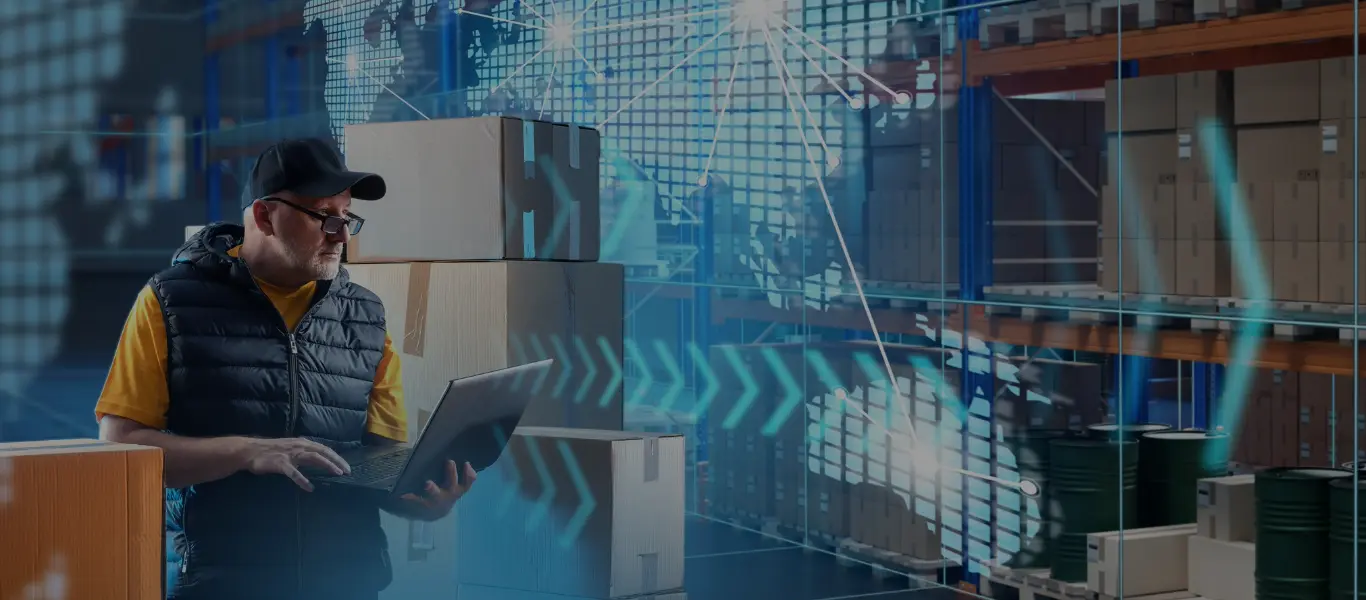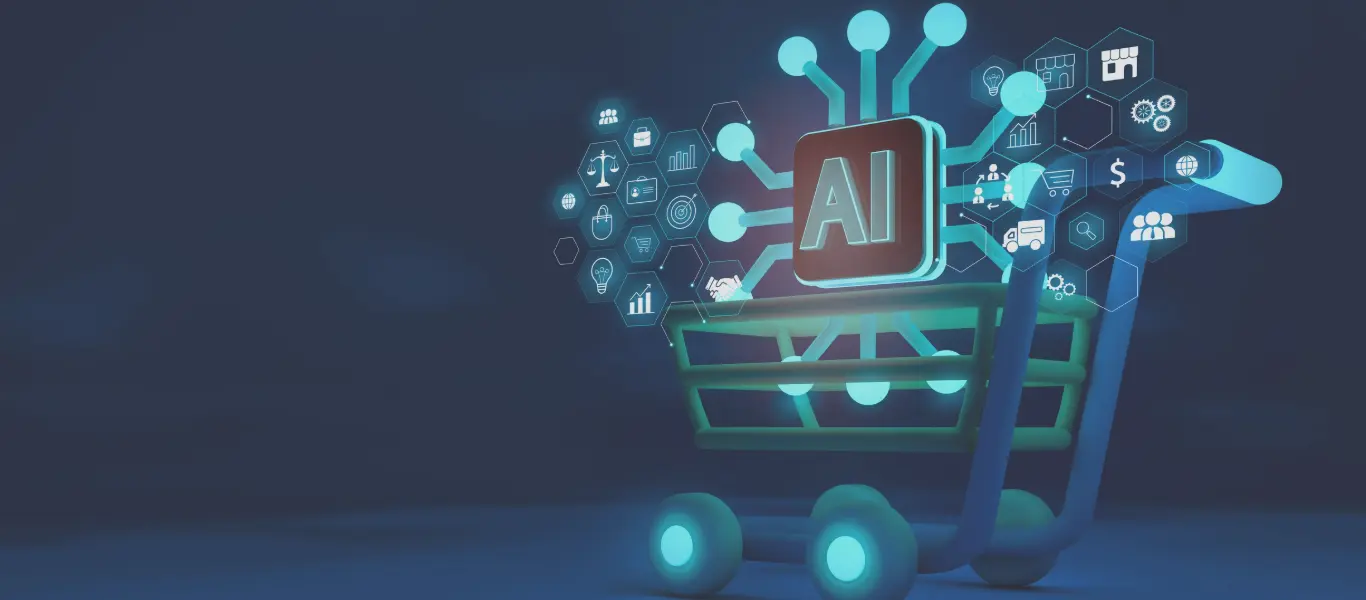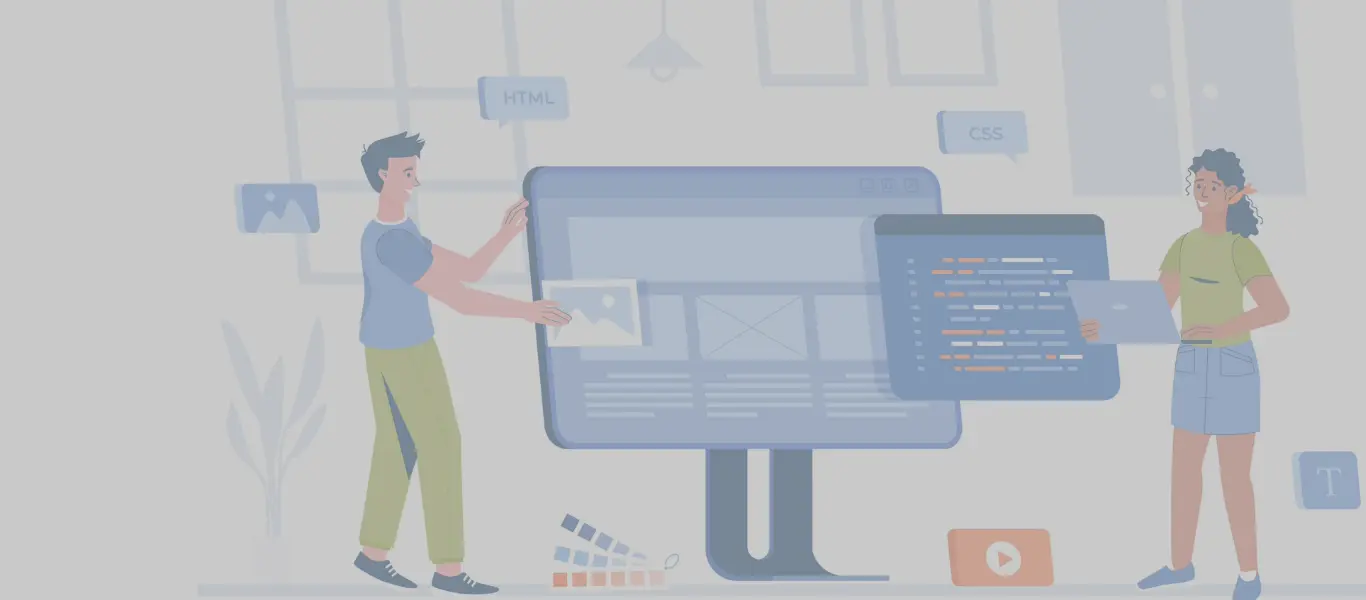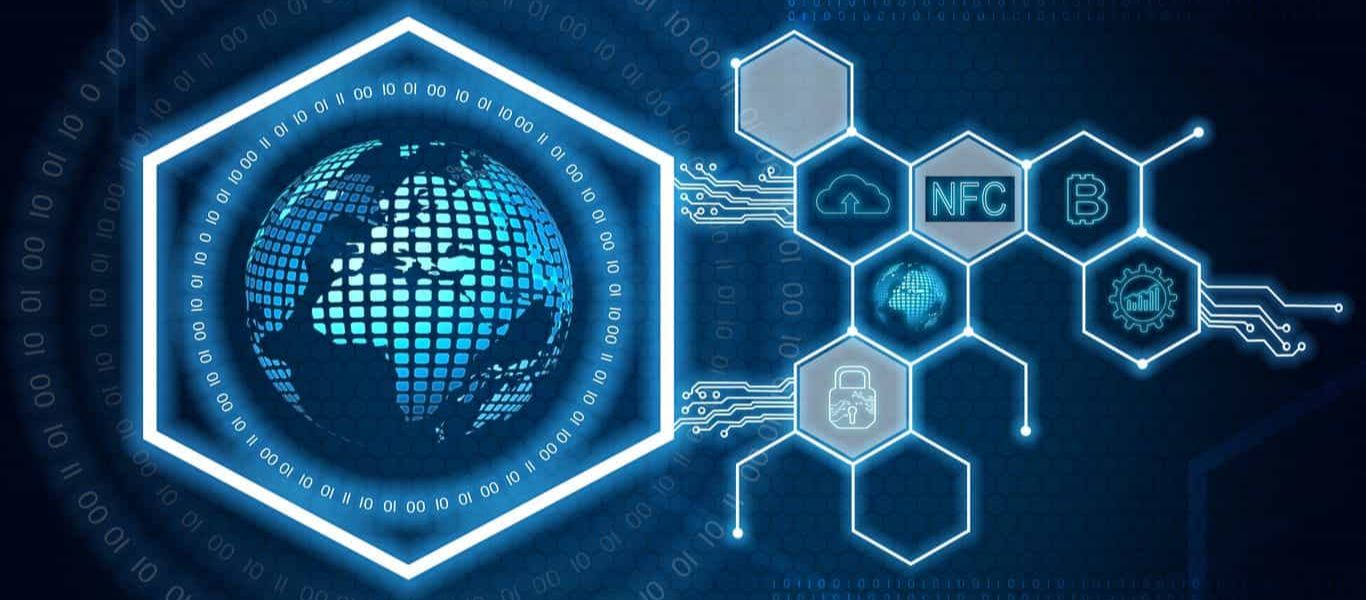The Shift Towards Headless CMS: Adapting Content Delivery Strategies for Modern Business Needs
In today’s rapidly evolving digital landscape, delivering content seamlessly across various channels has become a strategic imperative for businesses. As the world of eCommerce continues to grow and mature, a significant shift from the traditional Content Management System (CMS) to a Headless CMS is rapidly gaining momentum. At SkillNet Solutions, we are committed to being your trusted guide through this transformative journey, providing you with a comprehensive understanding of the pivotal considerations that will ensure your transition is both seamless and impactful.
Understanding Traditional CMS: the Integrated Approach
Traditional Content Management Systems (CMS) have long been the go-to solution for managing online content. This integrated approach marries content creation, storage, and presentation within a single monolithic platform. While this streamlined setup simplifies the management of content, it can inadvertently hinder the agility required for adapting to the ever-diversifying array of digital platforms and channels. This is where the revolutionary Headless CMS comes into play.
Exploring the Headless CMS Approach: Freedom and Flexibility
A Headless CMS represents a paradigm shift in content management. It grants businesses the freedom to decouple content creation from its presentation layer. This decoupling empowers organizations to structure their content once and deliver it seamlessly across a multitude of platforms such as websites, mobile apps, wearables, and emerging technologies. This approach not only provides unmatched flexibility but also ensures a consistent and tailored user experience irrespective of the digital touchpoint.
Questions about Headless CMS?
The Role of APIs
At the heart of the Headless CMS architecture lies the pivotal role of Application Programming Interfaces (APIs). These interfaces serve as bridges that facilitate the seamless transfer of content from the backend storage to the diverse front-end platforms. APIs empower businesses to harmonize their content delivery across an array of devices and formats.
Key Considerations for the Transition
The transition from a traditional CMS to a Headless CMS involves many considerations that collectively define the success of your journey.
1. Content Structure and Modeling:
One of the fundamental considerations is content structure and modeling. Traditional CMS platforms often impose predefined templates that can limit creativity and adaptability. With a Headless CMS, content creators and marketers can structure content in a way that aligns with the specific requirements of different platforms. This means that the same piece of content can be presented seamlessly on a website, a mobile app, and even an IoT device, preserving its integrity and context.
2. API and Data Management:
A critical aspect of transitioning to a Headless CMS is understanding the significance of APIs and data management. APIs serve as conduits for content delivery, enabling a fluid exchange of information between the backend and front-end systems. Having a well-defined API strategy ensures that your content is delivered efficiently and consistently, regardless of the channel or device.
3. Front-End Development:
With a traditional CMS, front-end development is often constrained by the pre-existing presentation layer. Headless CMS liberates front-end developers, allowing them to choose the most suitable frameworks and tools for the job. This newfound freedom translates into more captivating user interfaces and seamless interactions, ensuring an optimal user experience.
4. User Experience:
Headless CMS directly influences user experience. With the ability to tailor content delivery to each platform’s unique requirements, businesses can create immersive experiences that resonate with their audience. Whether a user is browsing on a desktop, swiping through a mobile app, or interacting with a voice-activated device, the content remains coherent and engaging.
5. Technical Expertise:
Transitioning to a Headless CMS demands a certain level of technical expertise. Teams must familiarize themselves with the nuances of decoupled architecture, APIs, microservices, and data management. Collaborating with a skilled systems integrator, such as SkillNet Solutions, can significantly streamline this learning curve and ensure a successful transition.
6. Integration with Existing Systems:
For businesses with existing systems like Customer Relationship Management (CRM) or eCommerce platforms, a seamless integration is crucial. The transition to a Headless CMS should not disrupt existing workflows but enhance them. The ability to harmonize data flow between systems is vital for maintaining a cohesive customer experience.
7. Migration Strategy:
A well-executed migration strategy is paramount. This involves meticulous planning, data migration, proper redirects, and careful consideration of SEO implications. A successful migration strategy minimizes downtime and ensures that your online presence remains uninterrupted.
8. Scalability and Performance:
Headless CMS excels in scalability and performance. As your digital presence grows, the architecture’s decoupled nature allows for efficient scaling. Whether you’re facing high traffic loads or expanding to new markets, a Headless CMS can handle the demands while maintaining a responsive and engaging user experience.
Ready to Upgrade?
Benefits and Challenges
Benefits
- Flexibility: A Headless CMS provides unparalleled flexibility, allowing you to adapt content for various platforms and devices
- Consistency: Content remains consistent across all channels, ensuring a seamless user experience
- Future-Proofing: The modular architecture of a Headless CMS positions your business to adopt emerging technologies with ease
- Personalization: Tailoring content delivery enhances user engagement and fosters deeper connections.
Challenges
- Learning Curve: The transition requires teams to familiarize themselves with new technologies and architectural concepts
- Integration Complexity: Integrating a Headless CMS with existing systems demands careful planning to ensure a smooth flow of data
- Initial Setup: Setting up a Headless CMS may require more initial effort due to its decoupled nature
Collaborating with experienced integrators like SkillNet Solutions can help businesses effectively address these challenges and fully leverage the benefits of a Headless CMS.
Choosing the Right Headless CMS Solution
Selecting the appropriate Headless CMS solution is a critical decision. Consider factors such as ease of use, scalability, flexibility, integration capabilities, and community support. SkillNet Solutions offers expertise in evaluating options and aligning them with your business objectives, ensuring a seamless transition that sets you up for success.
Planning and Implementation
Successful implementation of a Headless CMS demands a strategic approach.
- Define Your Content Model: Establish a content structure that aligns with your brand and target platforms. This content model serves as the foundation for consistent content delivery
- API Selection: Choose APIs that facilitate efficient data exchange between the back end and front end. Consider factors such as data format, security, and scalability
- Collaborate with Skilled Developers: Skilled developers are essential for a seamless transition. Collaborate closely to ensure the new architecture is optimized for performance and user experience
Support and Ongoing Optimization
Transitioning to a Headless CMS is a journey, not a destination. Ongoing support and optimization are crucial for staying ahead in a rapidly evolving digital landscape. Engage with communities, forums, and resources to gain valuable insights and continuously enhance your content delivery strategy.
Explore Headless CMS with Us!
Conclusion: Embrace the Future of Content Delivery
The transition from a traditional CMS to a Headless CMS represents a strategic shift that empowers businesses to adapt and thrive in the dynamic digital ecosystem. By understanding and meticulously addressing the considerations outlined above, you’re setting the stage for a future-proof content delivery strategy that resonates with your audience, enhances user experiences, and drives growth.
Let SkillNet Solutions be your dedicated partner as you embark on this transformative journey. Embrace the power of a Headless CMS and take your content delivery to the next level.
Contact us today to navigate your transition with confidence.
Read the blog – Composable vs Headless Commerce: What’s Best for Your eCommerce Site?






 Ingeniería
Ingeniería










